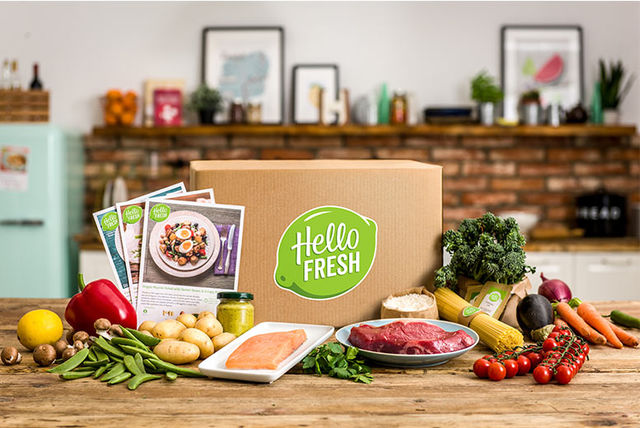Read This Before You Buy a Meal Kit Subscription


Global spending on meal kits has grown to over $1 billion dollars annually. More than 10 million families have bought subscriptions, and about 100 million more say they’re interested, according to industry statistics.
While meal kits may save you time shopping and provide you with ingredients your supermarket doesn’t carry, there are some potential disadvantages. In addition to nutritional issues, the cost is high. Many plans charge about $70 a week for just a few meals.
Get the most out of your meal kit subscription. Consider these tips, along with alternative ways to make healthy eating more convenient and delicious.
Tips for Using Meal Kits:
1. Shop around. Look for plans that match your preferences and dietary needs, including any food allergies. If your schedule tends to change at the last minute, you may want to try on-demand options that will help you cut down on waste.
2. Buy local. Many stores are starting to carry their own meal kits. The extra time you spend food shopping may be worth it because the prices are usually lower than subscription services.
3. Limit salt. Many meal kits are very high in sodium, which can be an issue if you have high blood pressure or other medical conditions. You can often lower your intake by using only half of the sauce packages and saving the rest for another dish.
4. Reduce portions. Even if the recipes sound healthy, they may be high in calories and unhealthy fats. If you’re watching your weight, cut back on serving sizes and add in more fresh vegetables.
Alternatives for Making Healthy Eating More Convenient:
1. Plan your menu. Home cooking is much quicker when you know what you’re going to have for dinner. Creating weekly menus will save you time at the supermarket and in the kitchen.
2. Stock up. Would you be more likely to eat in if you knew you had all the ingredients you need for your favorite dishes? Keep your pantry and freezer filled with basics like beans, nuts, and pasta.
3. Organize your kitchen. You might discover that you like cooking once you free up enough counter space to move around. Stow away appliances you rarely use. Keep pots, pans, and other essentials within easy reach.
4. Master quick recipes. Nutritious meals and snacks can be made in 15 minutes or less with just a few ingredients. Browse for recipes online or borrow cookbooks from your local library.
5. Cook in batches. Use weekends or early mornings to prepare several meals at once. Cook chili or lasagna and freeze half for later.
Alternatives for Making Healthy Eating More Delicious:
1. Avoid junk food. Ultra-processed food undermines your ability to appreciate natural flavors. Take a break from cookies and chips so you can appreciate the subtler taste of vegetables, fruits, and whole grains.
2. Add flavor. On the other hand, you don’t have to resign yourself to bland eating. Liven up your dishes with ingredients like vinegar, garlic, and healthy fats, including olive oil.
3. Start a garden. If the produce selection at your local stores is underwhelming, grow your own. Even without a backyard, you could start a container garden on your roof or in your basement. Research community plots in your neighborhood or ask your neighbors if they’re interested in such a project.
4. Focus on presentation. Elevate your dining experience by making your meals look attractive. Garnish your plate with flowers and set the table with cloth napkins and china.
You can make meal kits cheaper and healthier by buying them at local stores and reading the nutrition label carefully. Once you discover recipes and ingredients you love, you may also want to switch to your own DIY strategies for making healthy eating convenient and delicious.
CLICK HERE to Explore/ Our Free Online Courses
Responses